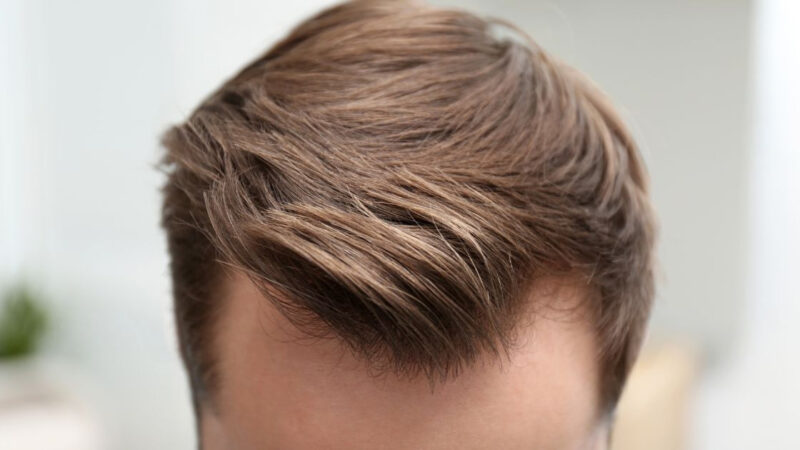As I wait another year for Elon Musk to come out as a hair transplant beneficiary, I’m placing dibs on three possibilities: You’re either eyeing one, had one, or performed one. And you aren’t alone. Around 65% of people contemplate one due to visible hair loss (80% of men, 50% of women).
But how many of those go through with the procedure? And of those that do, how many are happy with the results? Stay tuned for answers, plus tons of other surprising hair transplant statistics.
What Will I Learn?
Most Important Key Findings
- Value
Hair transplantation hit a $6.3 billion value in 2023 and will reach $42.5 billion by 2033.
- Growth
The hair transplant industry grows at 21.05% CAGR on average.
- Age
Most people seek hair loss surgery between 30 and 39.
- Popularity
FUE (Follicular Unit Extraction) is the most popular method at 66%
- Success
The average hair transplant success rate is 97%.
- Satisfaction
Around 90-95% of hair restoration patients like the outcomes.
- Outcome
About 60% of hair transplant patients find themselves more attractive than before
Hair Transplant Trends by Demographics
Judging from how my three-year-old niece and 86-year-old granny take at least an hour to prep their hair, women value their hair more than men. So, why aren’t they on the frontlines in treating hair loss?
Well, hair loss in women often happens everywhere rather than in specific areas. As such, they tend to have fewer donor areas. And transplanted units fall out over time, making them not the best candidates for surgical restoration. Here are the top demographic hair transplant trends:
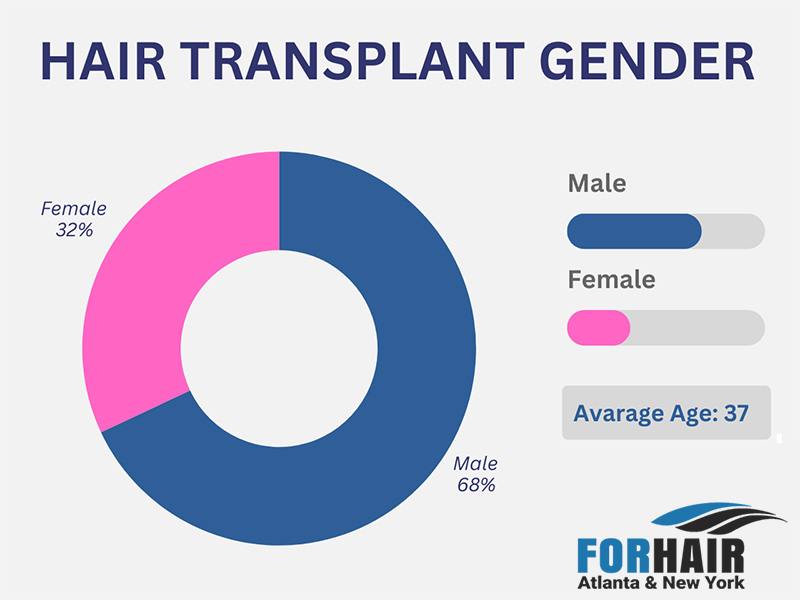
Here are the top demographic hair transplant trends:
Hair Transplants by Region
I now know where all those baldhead memes come from (South and Central America which only catered for a mere 5% of all the hair transplants in 2021). Elsewhere, the Middle East is knocking this thing out of the park, largely driven by Turkey.
Here’s a summary of the hair transplant market share by region:
| Region | 2019 – No. of hair transplants | 2021 – No. of hair transplants | 2024 – No. of hair transplants | Growth 2024 |
|---|---|---|---|---|
| Middle East & Africa | 900,000 | 1,312,000 | 1,059,000 | -19% |
| Asia | 710,000 | 892,000 | 999,842 | 12.09% |
| North America | 574,000 | 655,000 | 789,013 | 6.82% |
| Europe | 305,000 | 358,000 | 387,857 | 8.34% |
| South & Central America | 134,000 | 179,000 | 206,888 | 15.58% |
| Total | 2.6 million | 3.4 million | 3.44 | 1.1% |
Hair Transplant Reasons
Are you wondering why genetic-induced hair loss (81.1%) is the leading medical reason for transplants? Pattern baldness causes hair loss in 19 out of 20 men.
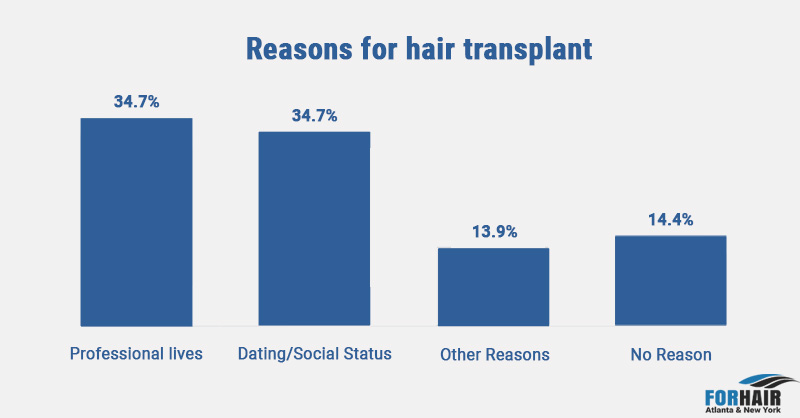
Other key medical reasons include:
While these are the factors causing hair loss amongst patients who seek surgical remedies, the key reasons why they do it are:
Number and Urgency of Transplants Needed
Good news… Hair transplants are a one-off procedure for most users. But the chances of needing another session or two are still high:
Most people want to get started:
Growth of Transplanted Hairs
The best-skilled physicians boast up to a 75% growth rate just half a year after the first procedure. That said, the average rate of regrowth is as follows:
| Months | Growth Percentage |
|---|---|
| 3 | 10% |
| 4-5 | 25% |
| 6-7 | 45% |
| 8-9 | 70% |
| 10-12 | 85% |
Hair Transplant Techniques Employed
Which informed individual without financial constraints even bothers to use FUT (Follicular Unit Transplant)? From the glaring linear scars (sometimes as wide as 10mm) to limited wearable hairstyles and longer healing times, it’s easy to see why fewer people undergo this procedure today.
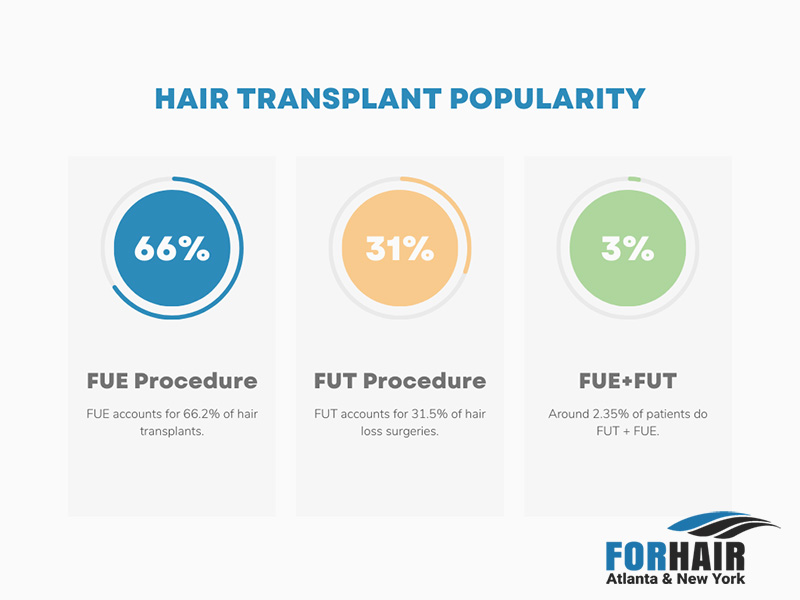
The follicular unit extraction segment accounted for around 60% revenue share in 2022 and is expected to proliferate at the highest 24.3% CAGR during the years 2025-2032 estimation timeframe. Demand for FUE (Follicular Unit Extraction) technique is anticipated to grow significantly in the upcoming years due to various technological advancements globally. Recent technological advancements in design including Neograft device, PCID, Powered Surgically Advanced Follicular Extraction (SAFE) System and robotic ARTAS system have resulted in minimizing post-surgery complications and increased patient acceptance. Increase in the number of alopecia cases coupled with a growing aging population base worldwide will further expand the segment growth.
Follicular Unit Extraction [FUE] market, 2018 – 2024 (USD Million)
| Year | 2018 | 2019 | 2020 | 2021 | 2022 | 2023 | 2024 |
|---|---|---|---|---|---|---|---|
| Value | 2,242.6 | 2,405.4 | 1,718.6 | 2,393.9 | 3,198.0 | 4,204.7 | 5,416.4 |
Follicular Unit Extraction [FUE] market, 2025 – 2032 (USD Million)
| Year | 2025 | 2026 | 2027 | 2028 | 2029 | 2030 | 2031 | 2032 | CAGR |
|---|---|---|---|---|---|---|---|---|---|
| Value | 6,828.4 | 8,678.0 | 10,829.1 | 13,478.9 | 16,265.9 | 20,371.1 | 24,501.6 | 29,715.2 | 24.3% |
Regarding procedure popularity in 2024:
Of the FUE procedures in 2024:
Donor Regions
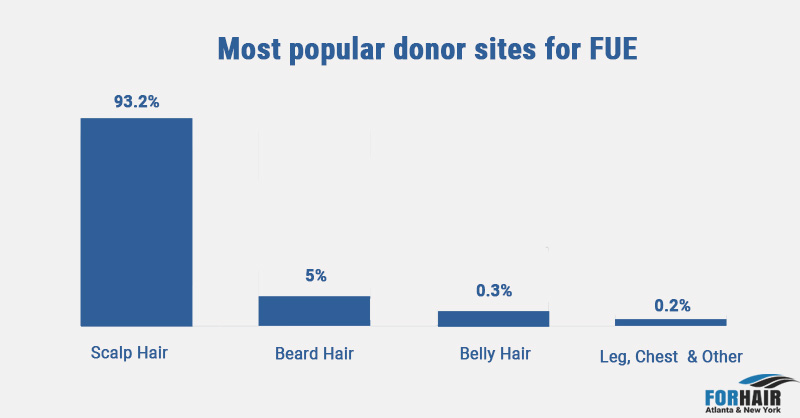
Only you can provide donor units for yourself. So, it’s a bummer that hair isn’t on board with the “do what Romans do” agenda. While you can extract donor hair from anywhere, only scalp hair can achieve the length and vibrance synonymous with the region. That’s why it’s the most popular donor site as these FUE statistics indicate:
Recipient Region
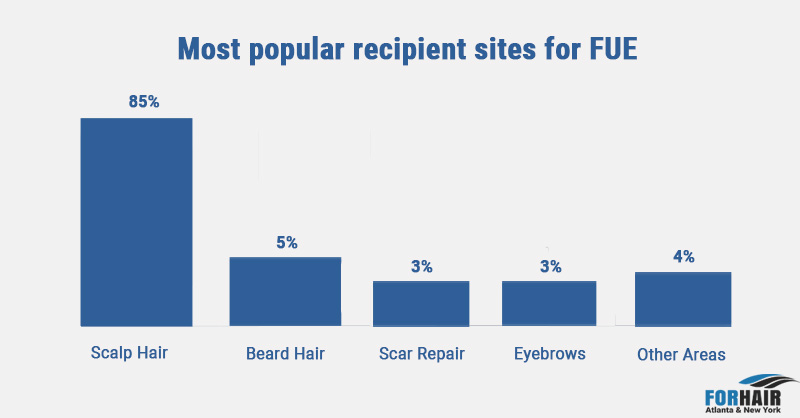
Scalp transplants lead the pack (nothing surprising considering most hair loss problems arise from pattern baldness).
Here’s a summary of the most likely regions hair loss patients seek to address through FUE or FUT:
Hair Transplant Cost Statistics
You won’t believe how much you may be wasting each year…Did you know the average American spends $18,000 annually on non-essentials? That’s more than enough to pay all your hair transplant costs almost anywhere.
Now, how do we arrive at these figures?
First-time procedures require 2,176 grafts on average, while subsequent ones need 1,641. Multiplied by the number of average sessions per patient, here’s how much you’ll cough up for a hair transplant, depending on the country:
| Country | Average cost per graft | Average full procedure cost | |
|---|---|---|---|
| 🇹🇷 | Spain | $2.12 | $5,267 |
| 🇲🇽 | Mexico | $1.28 | $3,202 |
| 🇮🇳 | India | $1.34 | $3,350 |
| 🇭🇺 | Hungary | $1.47 | $3,650 |
| 🇵🇹 | Portugal | $2.08 | $4,958 |
| 🇵🇱 | Poland | $2.74 | $5,646 |
| 🇹🇭 | Thailand | $2.30 | $5,758 |
| 🇮🇹 | Italy | $3.05 | $7,097 |
| 🇩🇪 | Germany | $2.93 | $7,371 |
| 🇹🇷 | Turkey | $1.07 | $2,675 |
| 🇬🇧 | UK | $3.22 | $8,050 |
| 🇧🇷 | Brazil | $3.34 | $8,294 |
| 🇫🇷 | France | $3.48 | $8,379 |
| 🇺🇸 | USA | $5.44 | $13,610 |
| 🇨🇦 | Canada | $7.00 | $17,500 |
| 🇦🇺 | Australia | $5.50 | $13,751 |
| 🌐 | Global | $2.98 | $6,208 |
Hair Transplant Clinic Selection Criteria
The most crucial reason why hair transplant patients choose their clinics is because of respectable quality and trustworthy services. Still, quite a decent number prioritize pricing. And for some, the distance is a dealmaker or breaker.
Here’s the breakdown:
Hair Loss Degree Before Transplant
The FOMO on the ever-growing long hair craze is suffocating. No wonder over 85% of patients can’t wait until Stage 5 on Norwood’s scale (more on this below) to get a hair transplant.
| Stage in Norwood Scale | Appearance | Hair loss degree | Hair Transplant Patients |
|---|---|---|---|
| Class 1 | 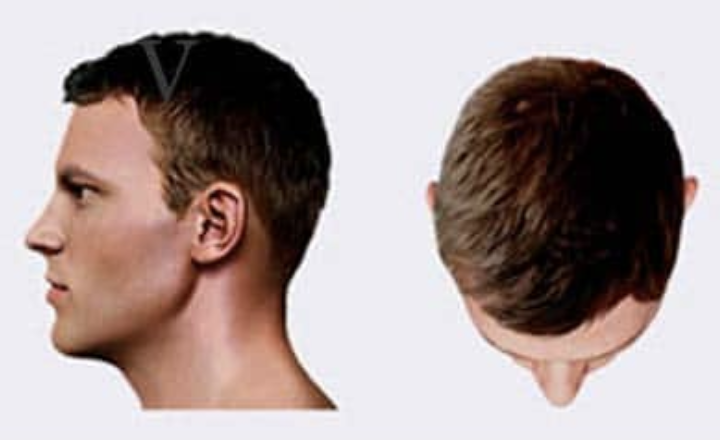 | None | 9.63% |
| Class 2 | 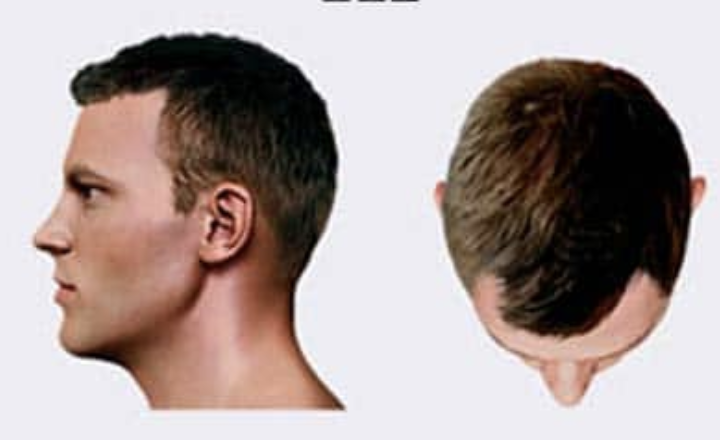 | Minor | 18.27% |
| Class 3 | 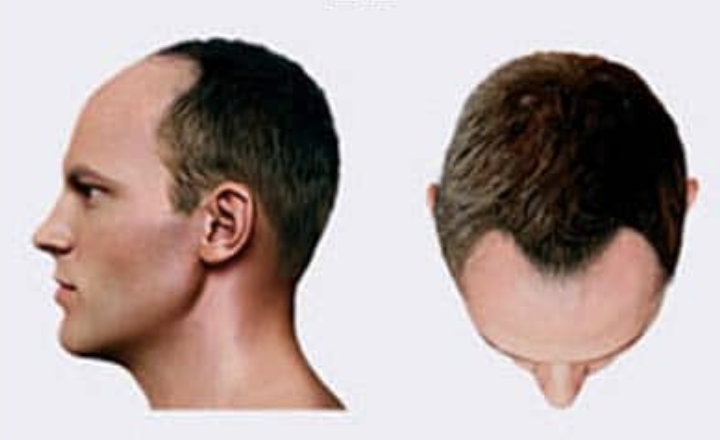 | Medium | 18.27% |
| Class 4 | 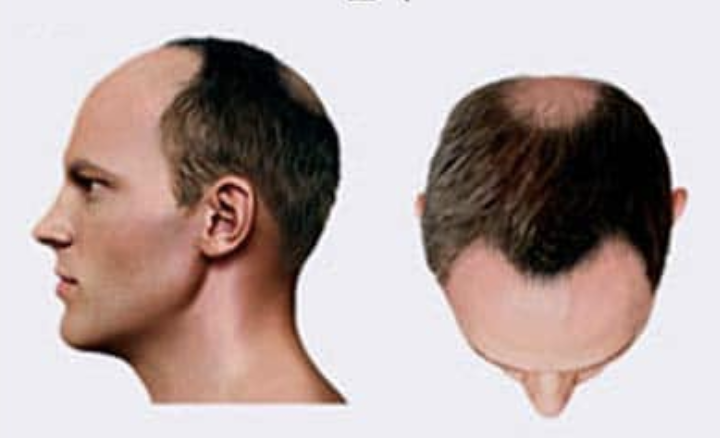 | Advanced | 41.03% |
| Class 5 | 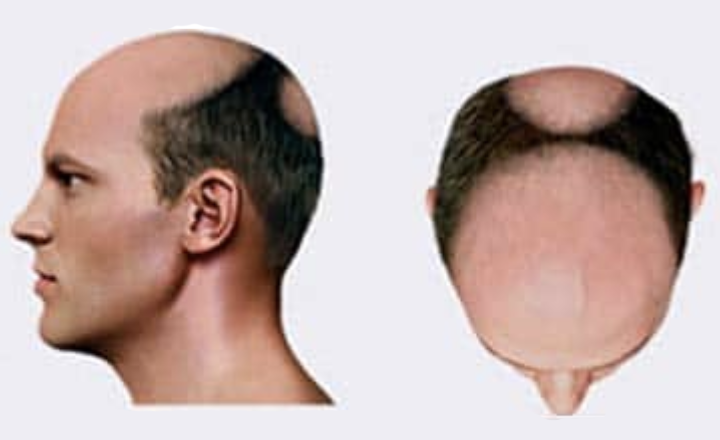 | Very Advanced | 12.36% |
| Class 6 | 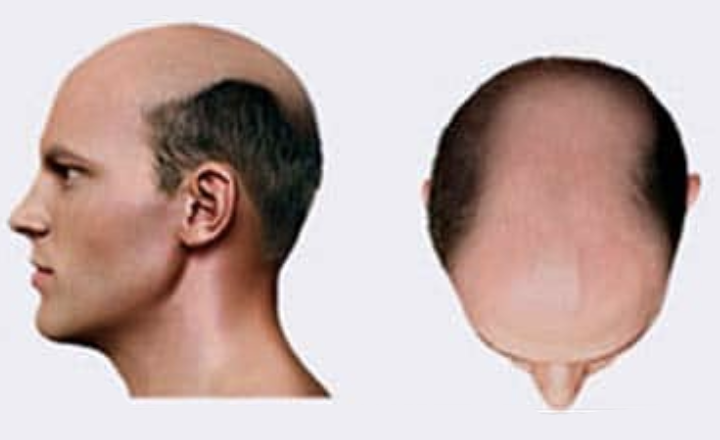 | Severe | 1.09% |
Hair Loss Treatments Before Surgery
Most patients who don’t find their first hair transplant procedure satisfactory, often never try other remedies before their surgeries. Only about 15% of patients try hair loss medications before FUE and FUT.
Of those who try it, the most common medications prescribed to them are:
Black Market Hair Transplant Clinics
Phew! You’ll still have to deal with this in 2025. Thankfully, these procedures are okay for the most part. But you can’t overlook the massive number of botched hair transplants from mediocre establishments.
According to the ISHRS (International Society of Hair Restoration Surgery):
Effectiveness of Black Market Procedures
Picture this: 90% of people who have a poor-quality hair transplant don’t recognize the imperfections but are just happy to have more hair.
Remember, only 6% of users that try black market hair transplants seek revisions in other establishments. So, assume that these are the 10% that recognized the poor quality work done on them (We haven’t even included those that disliked the procedure but stuck with it anyway).
That means that AT LEAST 60% of all black-market surgical hair solutions are a complete and utter boondoggle. SMH.
COVID-19 Impact on Hair Loss Treatments
It amazes me just how narcissistic (or self-loving) we can be when we get more time at home a.k.a more time to check the mirror. As the ISHRS reports, demand for hair loss treatments after COVID-19:
Hair Transplant Statistics Questions and Answers
Is a hair transplant 100% safe?
Provided you aren’t getting your FUE from the hair transplant equivalent of Dr. Kim (I know you saw all those botched TikTok plastic surgeries), this procedure is 100% safe.
Can a completely bald man have a hair transplant?
Without any scalp follicles to transplant, there isn’t much you can do to recover your hair days as 93% of donor hairs come from the back of your head. Although other regions like your beard can supply the donor units, they likely won’t provide satisfactory results on a totally bald head.
What is the fatality rate of hair transplants?
Whereas donor units from the scalp and beard only have a 5% and 6% fatality rate respectively, body and chest hair are flopping hard at up to 25%.
At what age should men get hair transplants?
Unless you want to look like the world map (with floating islands of hair around regions of loss) once pattern baldness sets in, I recommend getting a hair transplant at 23 or later. The longer you wait to get one, the more likely you’ll love your results in 10 years. In fact, most patients (74%) seek a transplant at least five years after hair loss starts.
How long do hair transplants last?
Though intended to be ride or die for life, your hair transplant may need a retouch or other remedies after 10 or so years.
How many people regret hair transplants?
Just 2% or less of people reject hair transplants under quality care. But try that with your rookie bestie and risk an over 30% rejection likelihood.
How many hairs are in one graft?
Each hair graft has 1-4 strands; in some cases, it can reach 5-6 hairs per graft and in rare cases, Dr. Cole found 7 hairs in one graft. The average is 2 hairs.
How many people like their hair transplants?
An impressive 95% of patients find their hair treatment surgeries satisfactory. And a similar percentage experience a positive emotional impact.
CIT (Cole FUE): The New Best Thing in Hair Transplant Surgeries
Sadly, underwhelming and unauthorized hair transplant clinics are here to stay. That’s why you should take advantage of the best hair restoration care: the Cole Isolation Technique (CIT).





